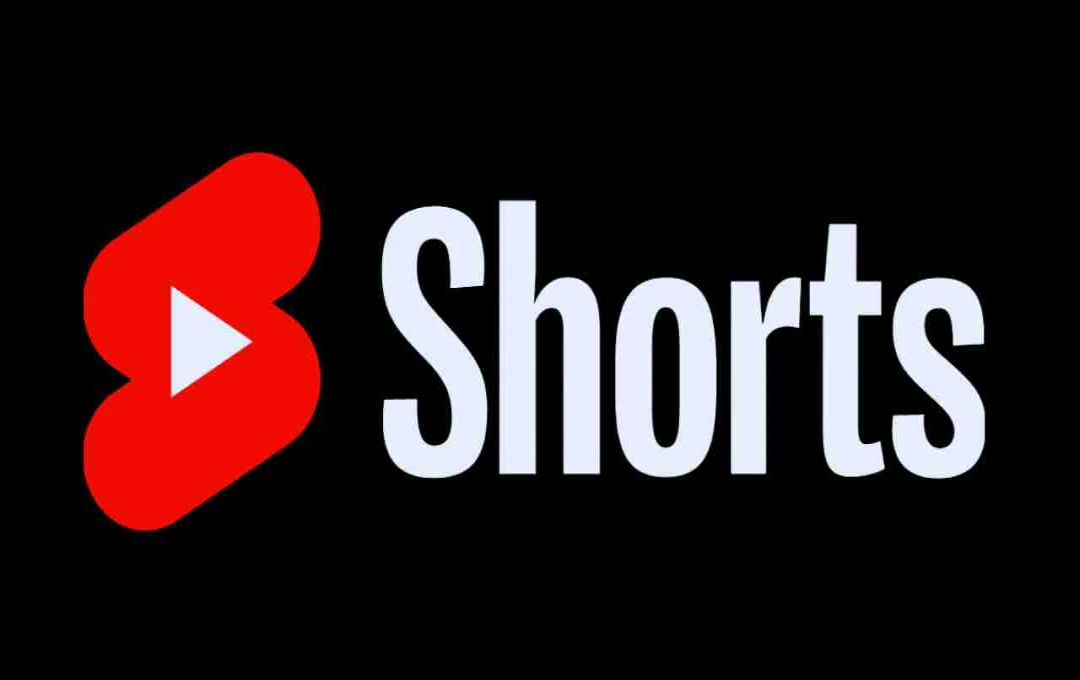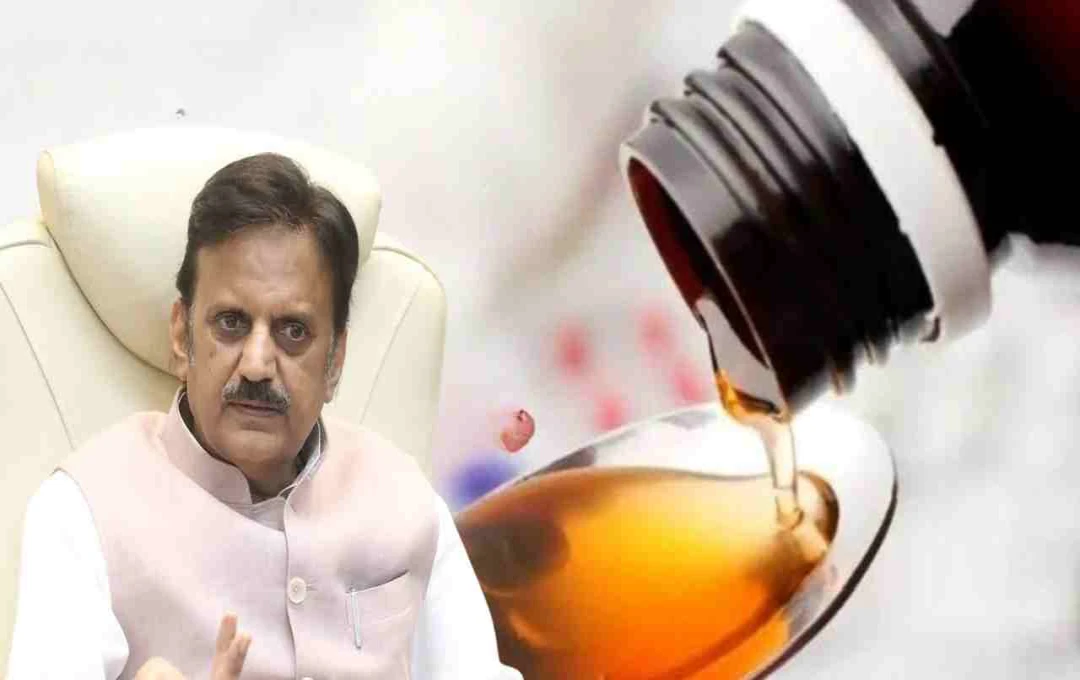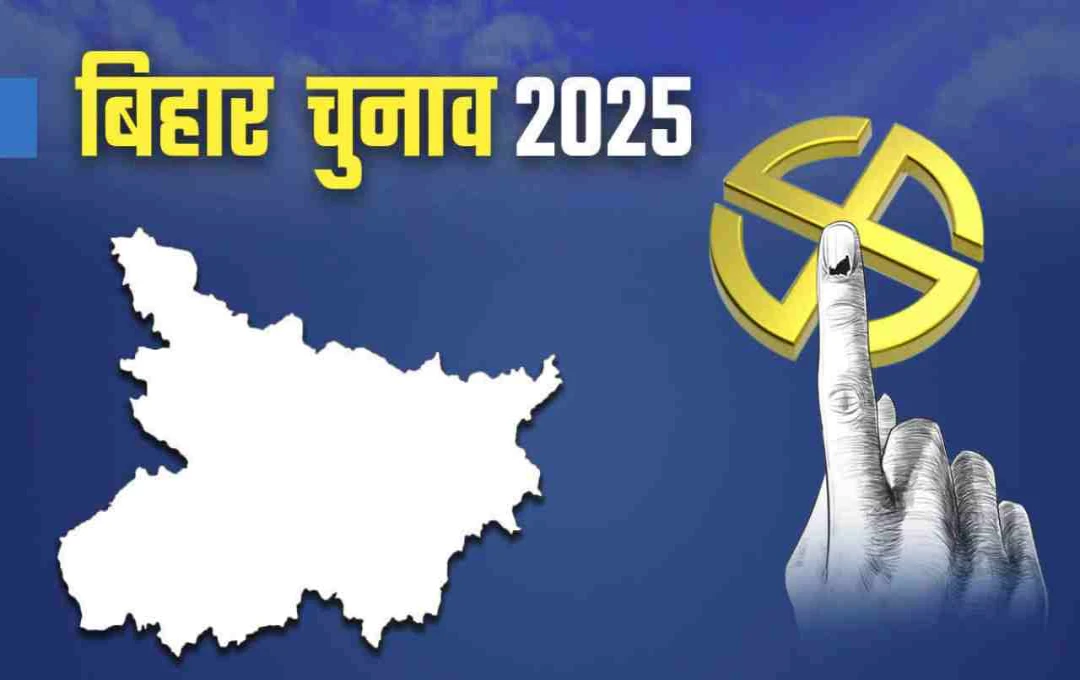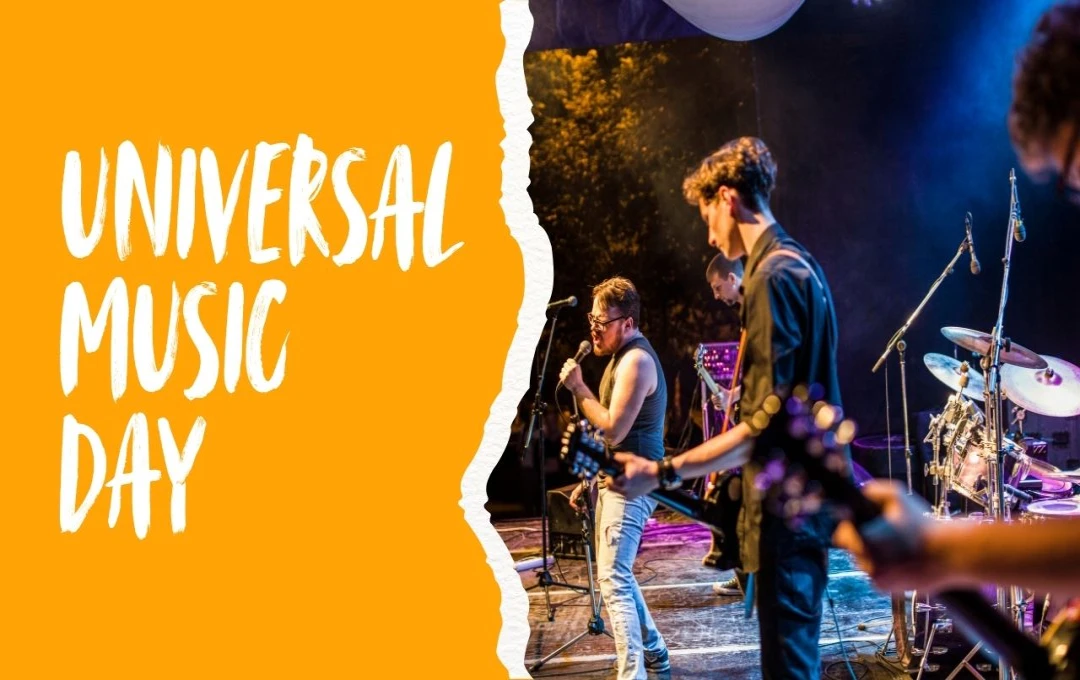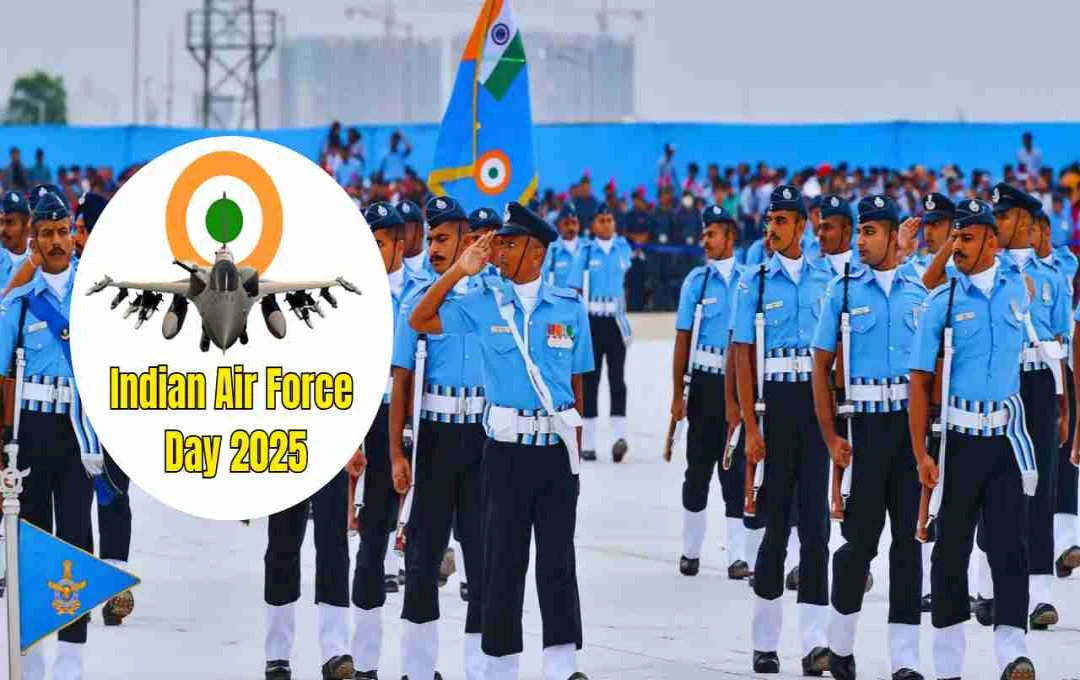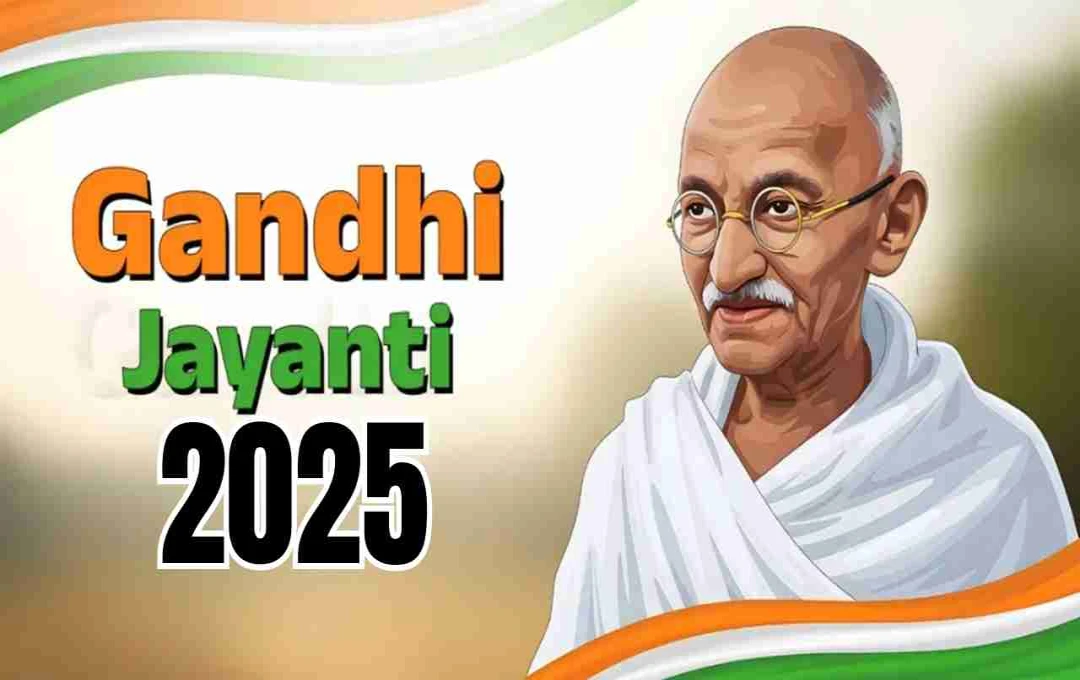YouTube is adding video and audio generation features to Shorts this summer using the Veo 3 AI model, enabling creators to produce cinematic videos and realistic background sounds. This feature will revolutionize short-video creation.
YouTube Shorts: This announcement was made by YouTube CEO Neal Mohan during the Cannes Lions International Festival of Creativity 2025. This move will provide video creators with a new dimension in audio, in addition to visuals. Notably, Veo 3 is considered the most advanced generative video model to date, offering capabilities such as real-world physics, accurate lip-syncing, and high-quality output.
What is Veo 3 and why is it special?
Veo 3 was first introduced during Google I/O in May 2025. It's a text-to-video generation model developed by Google DeepMind. Its key feature is the ability to generate cinematic-level videos from a text prompt – complete with realistic backgrounds, emotional tone, and now, native audio support.
This means YouTube Shorts users can now create not only stunning background videos but also incorporate natural sounds, dialogue, and background noise—enriching the overall quality of Shorts aesthetically and comprehensively.
What's changing for YouTube Shorts?
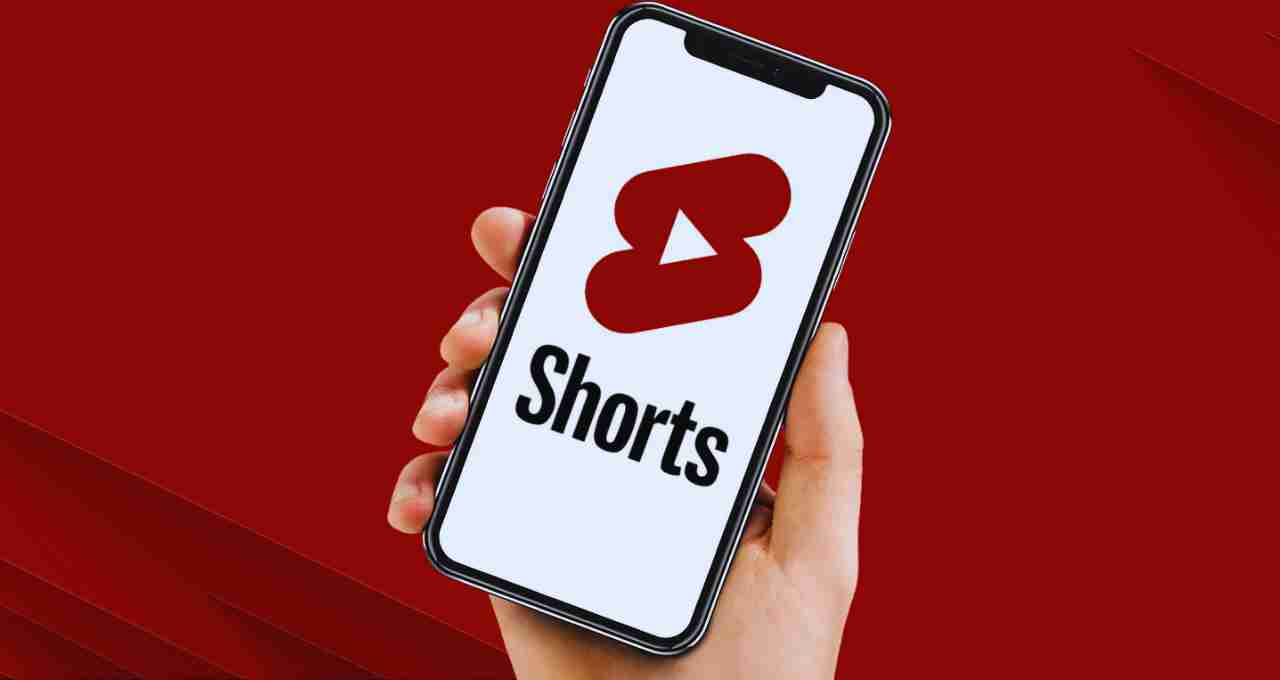
YouTube already offers AI-based background and video generation through its Dream Screen AI tool. The addition of Veo 3 will make this experience even more comprehensive.
Now, Shorts creators will be able to:
- Create dynamic videos and backgrounds from text.
- Add natural sounds to their videos based on the environment.
- Utilize accurate lip-syncing with dialogue and narration.
- Create cinematic-style transitions and movements.
In essence, any creator can now produce premium-quality Shorts without professional cameras or microphones.
When will it launch?
Neal Mohan stated that this feature will be introduced to YouTube Shorts this summer. While the company hasn't shared a specific date, it indicated that it will initially be available to select creators or a testing group before a phased rollout to all users.
What does YouTube's data say?
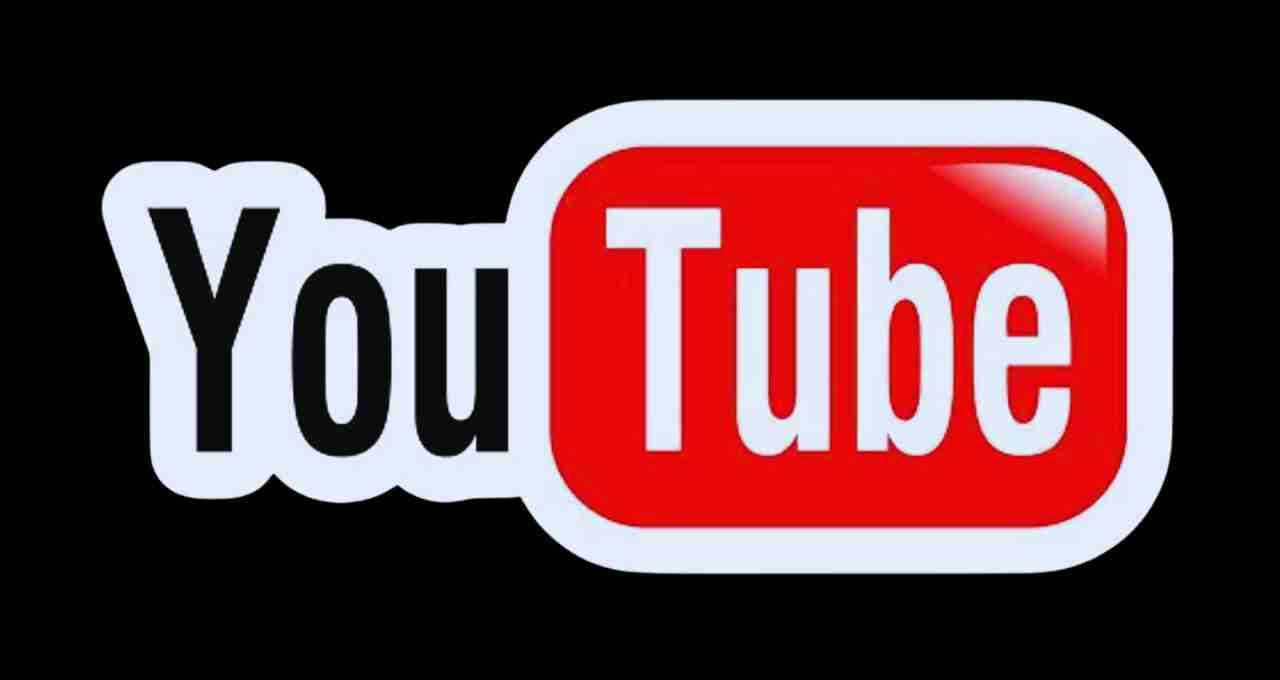
YouTube claims to have seen tremendous results from its other AI capabilities. For example, the Auto Dubbing feature increased the reach of over 20 million videos in just six months. This feature translates videos into nine languages, helping users reach a global audience. Therefore, the company has high hopes for Veo 3, as it has the potential to revolutionize not just videos but the entire creative process.
Canva also adopts Veo 3
It's noteworthy that not only YouTube, but the design platform Canva has also integrated Veo 3 into its "Create a Video Clip" feature. This tool allows users to create entire video clips from text—including cinematic visuals and AI-generated audio.
While this feature is currently only available to paid users with a limit of 5 video clips per month, it demonstrates the creative industry's excitement surrounding Veo 3.
What will be its impact?
The arrival of Veo 3 on YouTube Shorts will bring about several significant changes:
1. Huge opportunity for new creators
Any creator can now create videos from text that were previously only achievable at the studio level.
2. A human touch in AI generation
Videos can now include not only visuals but also emotionally resonant background audio, dialogue, and music.
3. A boon for Indian creators
In India, where short-form video creation is rapidly growing, Veo 3 could prove to be a game-changer.
4. Benefits for brands and marketing
Brands can now create AI-generated video advertisements tailored to their specific language, tone, and look.
